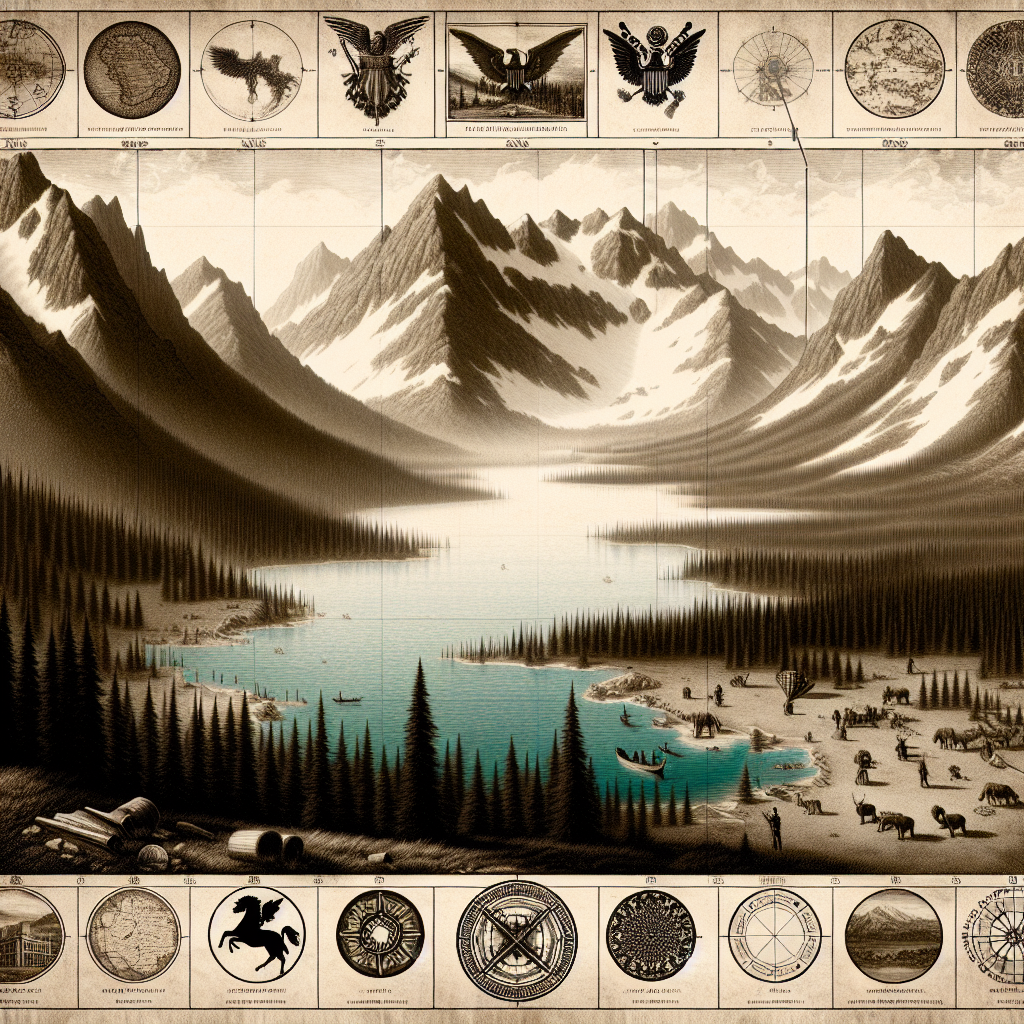Here’s a fun fact to start your day: despite the name, Lake Muir is not always a lake. Located in the deep south-west corner of Western Australia, it sits around 55 kilometers east of Manjimup and about a 300-kilometer drive from Perth. The reason for its inconsistency? Lake Muir is actually a part-time phenomenon. During the wetter months, it fills up and transforms into this vibrant, shimmering body of water teeming with life. But in dry spells, it resembles more of a sprawling, barren plain. It’s a unique ecological spectacle, yet not everyone knows about it—or its vivid role in the environment.
Lake Muir is frequented by nature enthusiasts, researchers, and environmentally conscious travelers looking for something off the beaten path. This seasonal wetland is home to a diverse range of flora and fauna, including endangered species such as the Australasian bittern. With large expanses of surrounding woodland, it provides nesting sites for hundreds of birds, making it a birdwatcher’s utopia when flooded. When winter rains trickle down the Wooramel Range, they carry life into the system, and suddenly the lake buzzes with the chatter and flutter of hundreds of winged visitors.
For indigenous Australians, the and surrounding areas hold cultural significance. Lake Muir is territory steeped in history, which connects to stories passed through generations. The Nyoongar people, who have called this region home for tens of thousands of years, recognize it as part of their rich heritage. It serves as a physical reminder of their ancestry and their spiritual connection to the land, merging nature and culture into a fascinating tapestry that is both beautiful and educational.
The subject of conservation can be tricky. While it's easy to side with preserving such areas, there are realistic challenges to face. Arguments from an opposing viewpoint—usually concerned with land development and economic progress—highlight this ongoing struggle. While some argue that the surrounding resources like timber and minerals offer economic potential, others warn about the irreparable harm that exploitation could cause to unique eco-systems like Lake Muir’s.
Environmentalists and fans of sustainable practices believe in protecting such regions, not just for ecological reasons, but because they provide priceless natural services—clean air, clean water, and biodiversity. Making sure Lake Muir stays intact involves preserving its unusual cycles. The wetlands act as a natural buffer against climate change and ensure habitats for diverse forms of life, contributing to global biodiversity.
Issues like climate change and governmental policies concerning land use profoundly affect regions like Lake Muir. As younger generations engage more readily in environmental activism and sustainability, projects surrounding Lake Muir take on new urgency. Gen Z and beyond are especially attuned to environmental messages, realizing that decisions made today will reverberate through their lifetime. Lake Muir becomes another touchpoint in the broader conversation about preserving our planet.
The place is a classroom in disguise. When you visit, there’s plenty to learn—not through textbooks, but through observing natural cycles and ecosystems. It’s an eye-opener in terms of understanding water management, wildlife preservation, and cultural appreciation. Furthermore, it invites visitors to imagine a world where humans and nature exist in symmetry, rather than conflict.
Lake Muir is a call to rethink our relationship with nature. Rather than viewing it merely as a resource or backdrop to human activities, we are encouraged to see it as a partner in sustaining life. This partnership is far from one-sided; it requires active effort and mutual respect. It reminds us that while achieving economic growth is crucial, it's equally important to maintain a healthy environment for future generations.
This duality, the fragile balance between nature's beauty and human encroachment, is something that many of us grapple with. On one hand, there's a thirst to develop and grow, while on the other, there's a genuine yearning to hold on to something pure and untamed, a testament to what our planet naturally offers. As we move further into the future, Lake Muir could just be the teacher we didn't know we needed, an illustration in living harmoniously rather than living ahead.

